Throughout your academic career, you’ll be asked to write papers in which you compare and contrast two things: two texts, two theories, two historical figures, two scientific processes, and so on. “Classic” compare-and-contrast papers, in which you weight A and B equally, may be about two similar things that have crucial differences (two pesticides with different effects on the environment) or two similar things that have crucial differences, yet turn out to have surprising commonalities (two politicians with vastly different world views who voice unexpectedly similar perspectives on sexual harassment).
In the “lens” (or “keyhole”) comparison, in which you weight A less heavily than B, you use A as a lens through which to view B. Just as looking through a pair of glasses changes the way you see an object, using A as a framework for understanding B changes the way you see B. Lens comparisons are useful for illuminating, critiquing, or challenging the stability of a thing that, before the analysis, seemed perfectly understood. Often, lens comparisons take time into account: earlier texts, events, or historical figures may illuminate later ones, and vice versa.
Faced with a daunting list of seemingly unrelated similarities and differences, you may feel confused about how to construct a paper that isn’t just a mechanical exercise in which you first state all the features that A and B have in common, and then state all the ways in which A and B are different. Predictably, the thesis of such a paper is usually an assertion that A and B are very similar yet not so similar after all. To write a good compare-and-contrast paper, you must take your raw data—the similarities and differences you’ve observed—and make them cohere into a meaningful argument.
Here are the five elements required.
Frame of Reference . This is the context within which you place the two things you plan to compare and contrast; it is the umbrella under which you have grouped them. The frame of reference may consist of an idea, theme, question, problem, or theory; a group of similar things from which you extract two for special attention; biographical or historical information. The best frames of reference are constructed from specific sources rather than your own thoughts or observations. Thus, in a paper comparing how two writers redefine social norms of masculinity, you would be better off quoting a sociologist on the topic of masculinity than spinning out potentially banal-sounding theories of your own. Most assignments tell you exactly what the frame of reference should be, and most courses supply sources for constructing it. If you encounter an assignment that fails to provide a frame of reference, you must come up with one on your own. A paper without such a context would have no angle on the material, no focus or frame for the writer to propose a meaningful argument.
Grounds for Comparison . Let’s say you’re writing a paper on global food distribution, and you’ve chosen to compare apples and oranges. Why these particular fruits? Why not pears and bananas? The rationale behind your choice, the grounds for comparison. lets your reader know why your choice is deliberate and meaningful, not random.
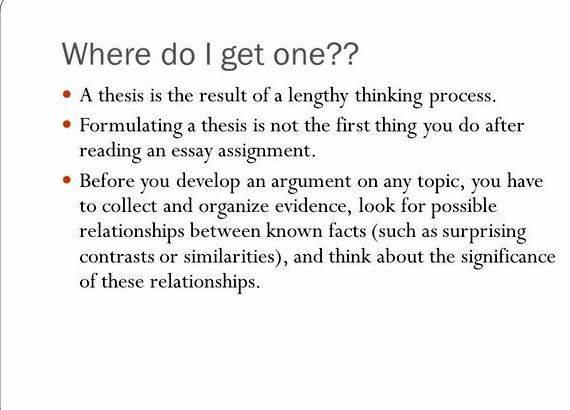
For instance, in a paper asking how the “discourse of domesticity” has been used in the abortion debate, the grounds for comparison are obvious; the issue has two conflicting sides, pro-choice and pro-life. In a paper comparing the effects of acid rain on two forest sites, your choice of sites is less obvious. A paper focusing on similarly aged forest stands in Maine and the Catskills will be set up differently from one comparing a new forest stand in the White Mountains with an old forest in the same region. You need to indicate the reasoning behind your choice.
Thesis. The grounds for comparison anticipates the comparative nature of your thesis. As in any argumentative paper, your thesis statement will convey the gist of your argument, which necessarily follows from your frame of reference. But in a compare-and-contrast, the thesis depends on how the two things you’ve chosen to compare actually relate to one another. Do they extend, corroborate, complicate, contradict, correct, or debate one another? In the most common compare-and-contrast paper—one focusing on differences—you can indicate the precise relationship between A and B by using the word “whereas” in your thesis:
Whereas Camus perceives ideology as secondary to the need to address a specific historical moment of colonialism, Fanon perceives a revolutionary ideology as the impetus to reshape Algeria’s history in a direction toward independence.
Whether your paper focuses primarily on difference or similarity, you need to make the relationship between A and B clear in your thesis. This relationship is at the heart of any compare-and-contrast paper.
Organizational Scheme. Your introduction will include your frame of reference, grounds for comparison, and thesis. There are two basic ways to organize the body of your paper.
- In text-by-text. you discuss all of A, then all of B.
- In point-by-point. you alternate points about A with comparable points about B.
If you think that B extends A, you’ll probably use a text-by-text scheme; if you see A and B engaged in debate, a point-by-point scheme will draw attention to the conflict. Be aware, however, that the point-by- point scheme can come off as a ping-pong game. You can avoid this effect by grouping more than one point together, thereby cutting down on the number of times you alternate from A to B. But no matter which organizational scheme you choose, you need not give equal time to similarities and differences. In fact, your paper will be more interesting if you get to the heart of your argument as quickly as possible. Thus, a paper on two evolutionary theorists’ different interpretations of specific archaeological findings might have as few as two or three sentences in the introduction on similarities and at most a paragraph or two to set up the contrast between the theorists’ positions. The rest of the paper, whether organized text- by-text or point-by-point, will treat the two theorists’ differences.
You can organize a classic compare-and-contrast paper either text-by-text or point-by-point. But in a “lens” comparison, in which you spend significantly less time on A (the lens) than on B (the focal text), you almost always organize text-by-text. That’s because A and B are not strictly comparable: A is merely a tool for helping you discover whether or not B’s nature is actually what expectations have led you to believe it is.
Linking of A and B. All argumentative papers require you to link each point in the argument back to the thesis. Without such links, your reader will be unable to see how new sections logically and systematically advance your argument. In a compare-and contrast, you also need to make links between A and B in the body of your essay if you want your paper to hold together. To make these links, use transitional expressions of comparison and contrast (similarly, moreover, likewise, on the contrary, conversely, on the other hand ) and contrastive vocabulary (in the example below, Southerner/Northerner ).
As a girl raised in the faded glory of the Old South, amid mystical tales of magnolias and moonlight, the mother remains part of a dying generation. Surrounded by hard times, racial conflict, and limited opportunities, Julian, on the other hand. feels repelled by the provincial nature of home, and represents a new Southerner, one who sees his native land through a condescending Northerner’s eyes.
1998, Kerry Walk, for the Writing Center at Harvard University
This page is brought to you by the OWL at Purdue (https://owl.english.purdue.edu/). When printing this page, you must include the entire legal notice at bottom.
Tips and Examples for Writing Thesis Statements
This resource provides tips for creating a thesis statement and examples of different types of thesis statements.
Contributors: Elyssa Tardiff, Allen Brizee
Last Edited: 2014-02-10 10:44:43
Tips for Writing Your Thesis Statement
1. Determine what kind of paper you are writing:
- An analytical paper breaks down an issue or an idea into its component parts, evaluates the issue or idea, and presents this breakdown and evaluation to the audience.
- An expository (explanatory) paper explains something to the audience.
- An argumentative paper makes a claim about a topic and justifies this claim with specific evidence. The claim could be an opinion, a policy proposal, an evaluation, a cause-and-effect statement, or an interpretation. The goal of the argumentative paper is to convince the audience that the claim is true based on the evidence provided.
If you are writing a text that does not fall under these three categories (e.g. a narrative), a thesis statement somewhere in the first paragraph could still be helpful to your reader.
2. Your thesis statement should be specificit should cover only what you will discuss in your paper and should be supported with specific evidence.
3. The thesis statement usually appears at the end of the first paragraph of a paper.
4. Your topic may change as you write, so you may need to revise your thesis statement to reflect exactly what you have discussed in the paper.
Thesis Statement Examples
Example of an analytical thesis statement:
An analysis of the college admission process reveals one challenge facing counselors: accepting students with high test scores or students with strong extracurricular backgrounds.
The paper that follows should:
- Explain the analysis of the college admission process
- Explain the challenge facing admissions counselors
Example of an expository (explanatory) thesis statement:
The life of the typical college student is characterized by time spent studying, attending class, and socializing with peers.
The paper that follows should:
- Explain how students spend their time studying, attending class, and socializing with peers
Example of an argumentative thesis statement:
High school graduates should be required to take a year off to pursue community service projects before entering college in order to increase their maturity and global awareness.
The paper that follows should:
- Present an argument and give evidence to support the claim that students should pursue community projects before entering college
1995-2016 by The Writing Lab The OWL at Purdue and Purdue University. All rights reserved. This material may not be published, reproduced, broadcast, rewritten, or redistributed without permission. Use of this site constitutes acceptance of our terms and conditions of fair use .


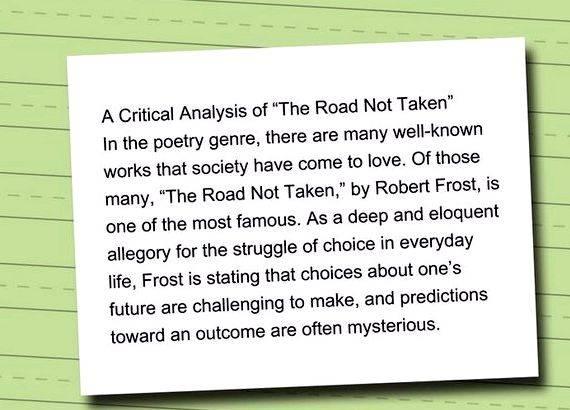
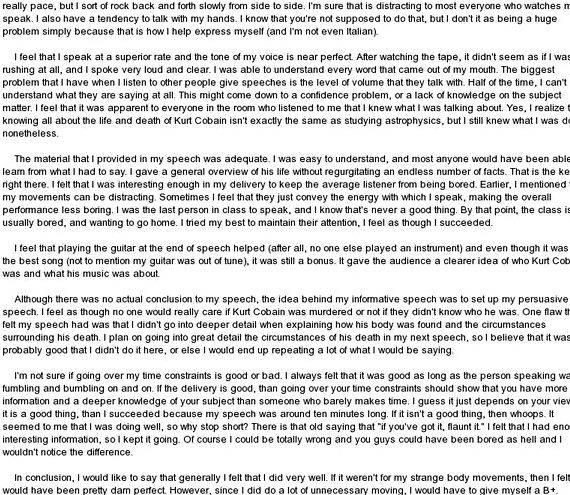


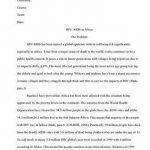 Hiv research paper thesis proposal
Hiv research paper thesis proposal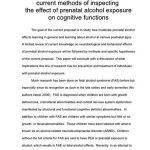 Thesis proposal sample apa style paper
Thesis proposal sample apa style paper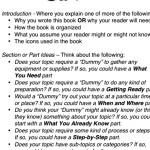 Writing a thesis paper for dummies
Writing a thesis paper for dummies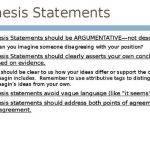 Writing a thesis paragraph for a research paper
Writing a thesis paragraph for a research paper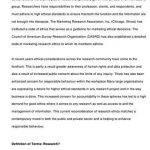 Dissertation proposal sample psychology paper
Dissertation proposal sample psychology paper






